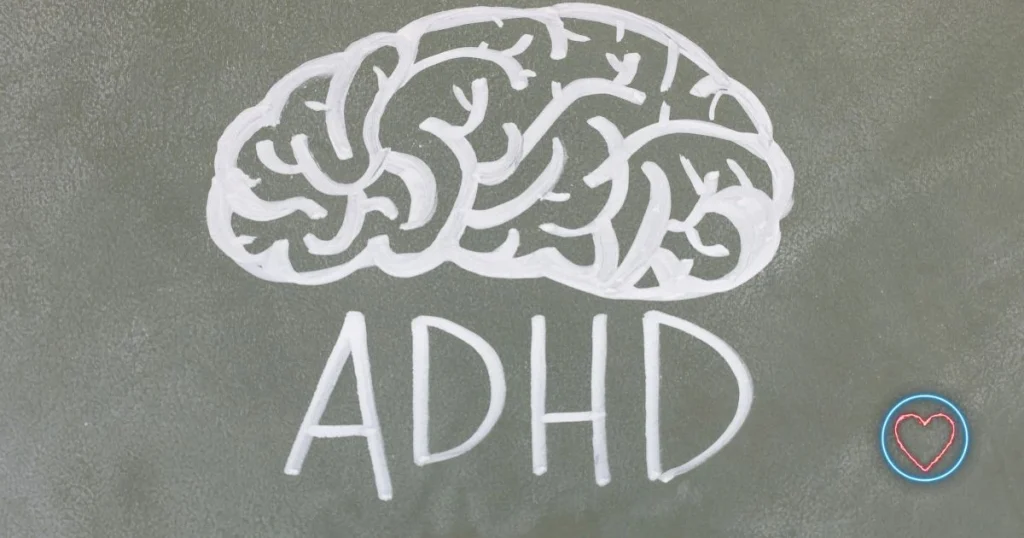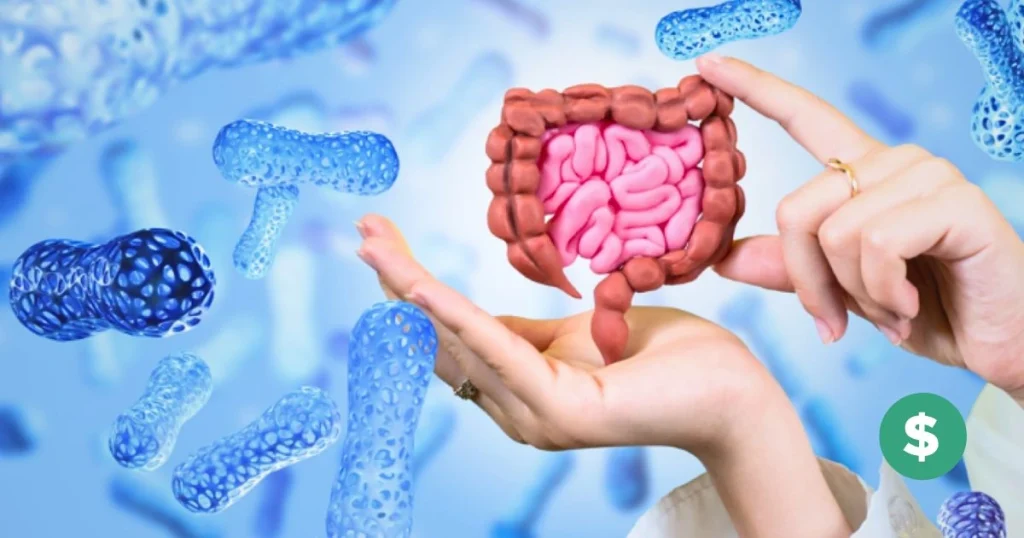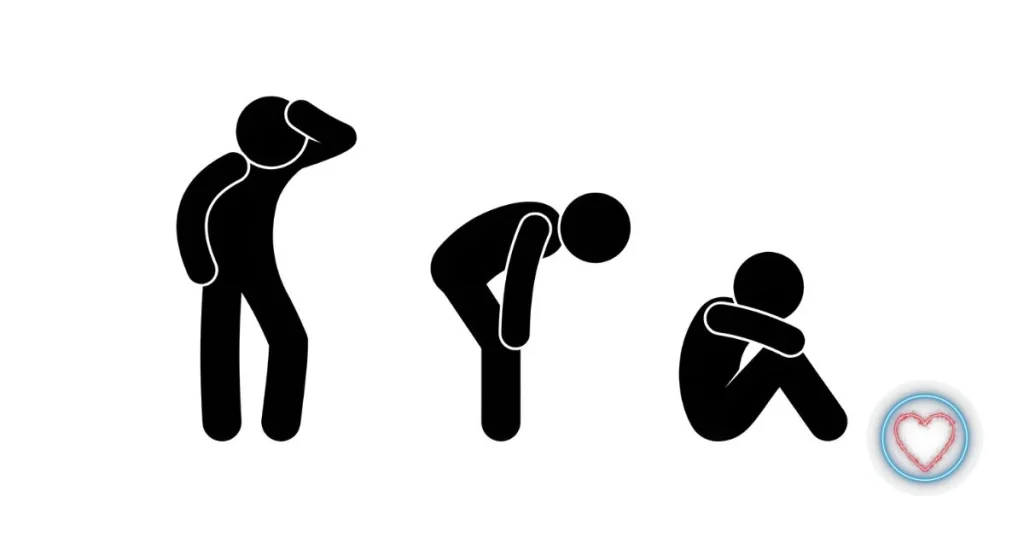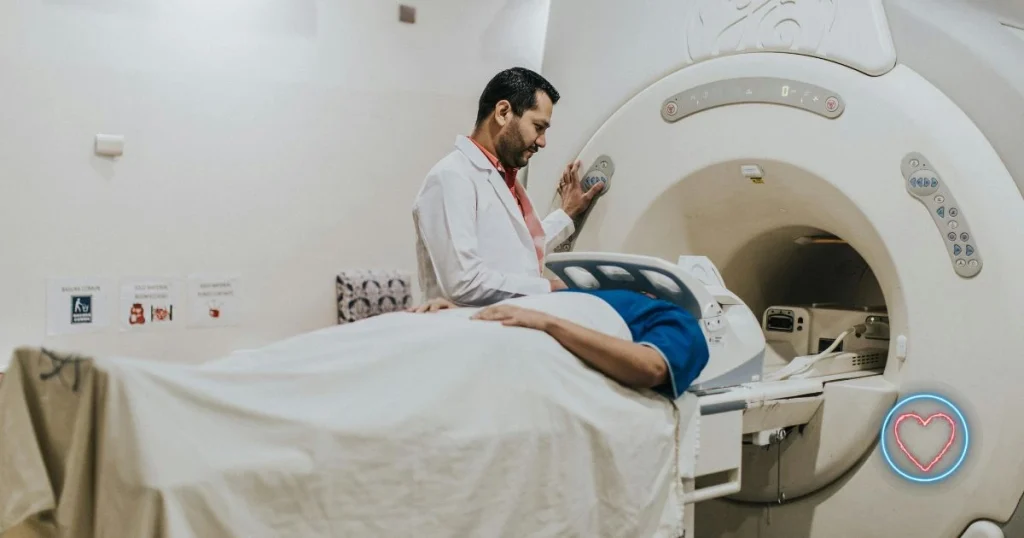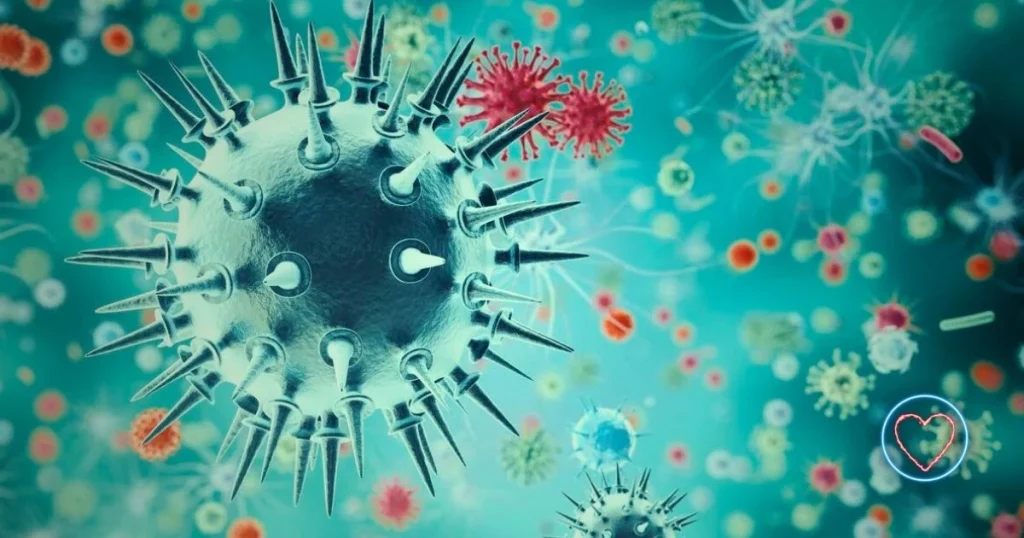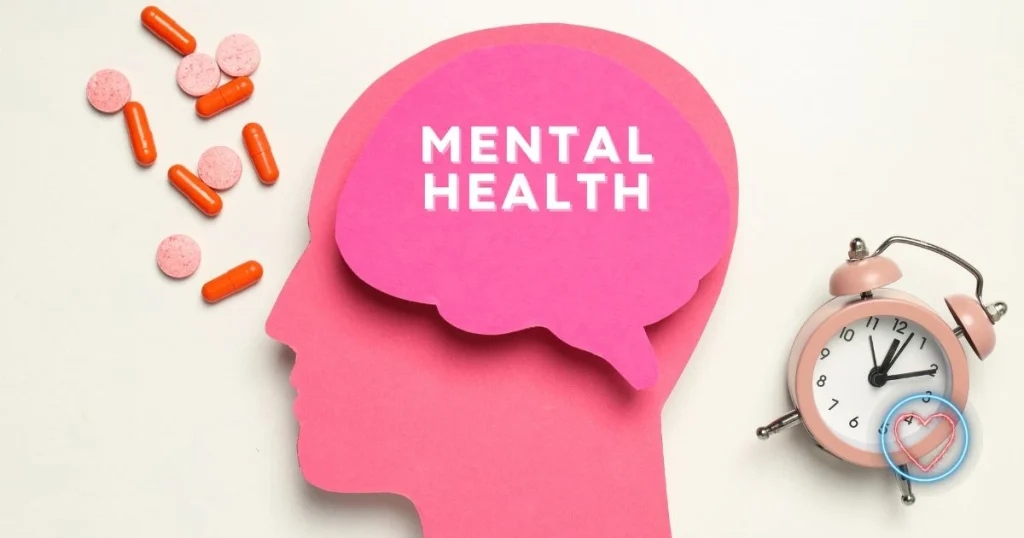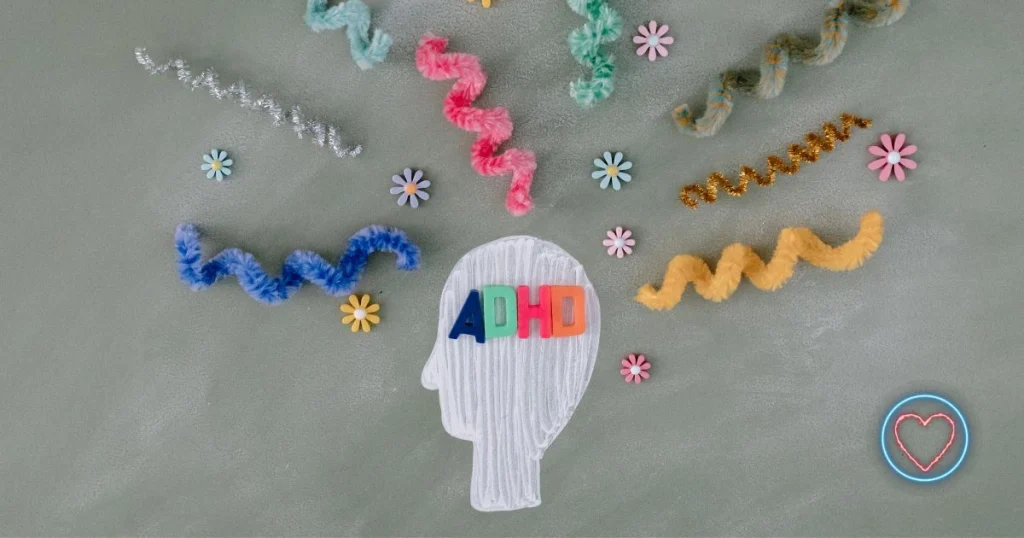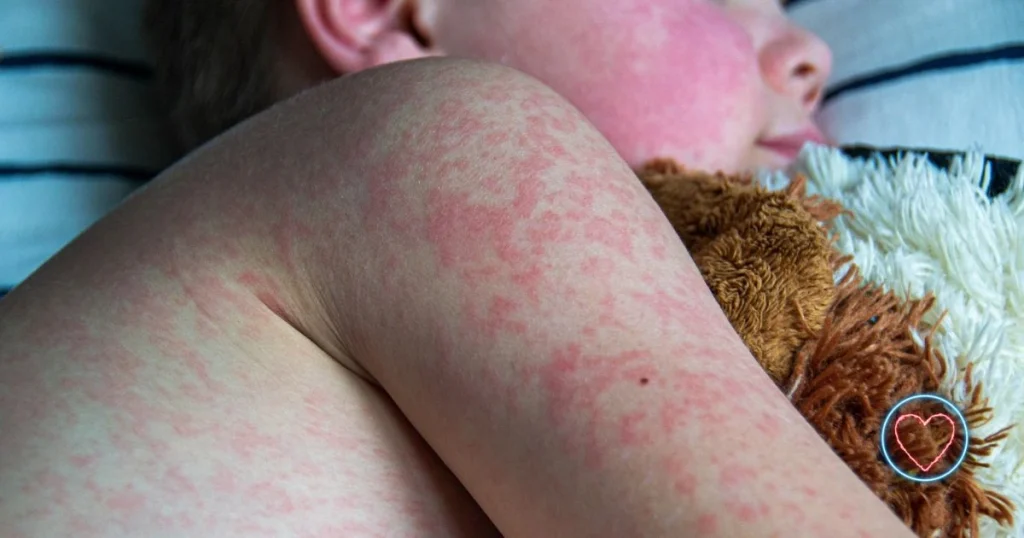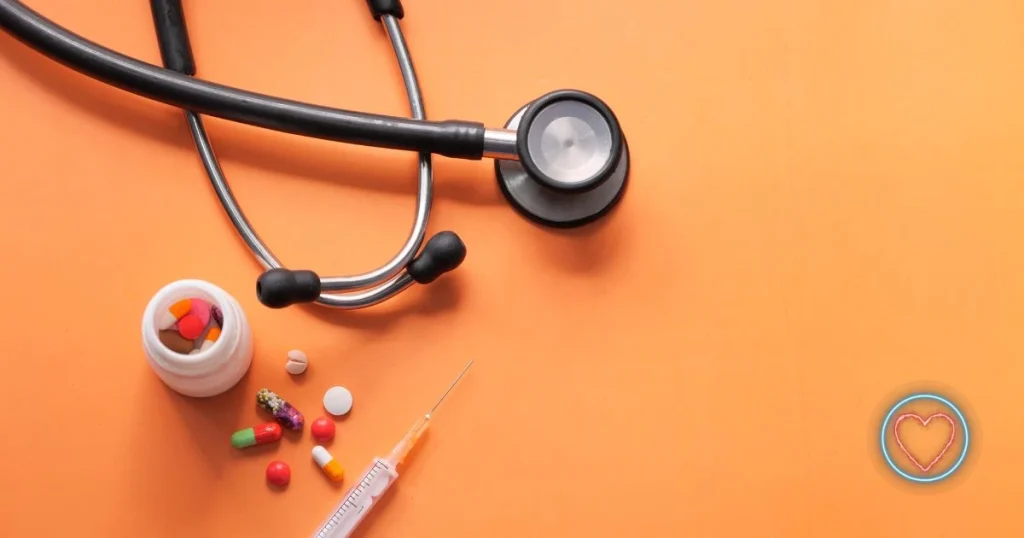Attention Deficit Hyperactivity Disorder (ADHD) is a common neurodevelopmental disorder that affects both children and adults worldwide. Though often associated primarily with childhood, ADHD persists into adulthood in many cases, impacting daily life, relationships, and overall well-being. Understanding ADHD’s symptoms, causes, diagnosis, and management strategies for both children and adults is essential to foster awareness, reduce stigma, and promote effective support.
What is ADHD?
ADHD is characterized by patterns of inattention, hyperactivity, and impulsivity that are more severe, frequent, and impairing than typically observed in individuals at a similar developmental stage. These symptoms interfere with daily functioning, academic or occupational achievement, and social interactions.
There are three main types of ADHD, defined by which symptoms are most pronounced:
- Predominantly Inattentive Presentation: Difficulty sustaining attention, following instructions, and organizing tasks.
- Predominantly Hyperactive-Impulsive Presentation: Excessive fidgeting, restlessness, interrupting others, and difficulty waiting turns.
- Combined Presentation: Symptoms of both inattention and hyperactivity-impulsivity are present.
ADHD in Children
Symptoms
In children, ADHD symptoms are often more visible and disruptive. Parents and teachers may notice:
- Difficulty paying attention during lessons or activities
- Frequent careless mistakes in schoolwork
- Easily distracted by unrelated stimuli
- Inability to sit still or stay quiet when expected
- Excessive talking and interrupting others
- Trouble waiting their turn in games or conversations
- Forgetfulness in daily activities
These symptoms typically appear before age 12 and must persist for at least six months to meet diagnostic criteria. The child’s behavior must be inconsistent with what’s expected for their age and interfere with school performance or social development.
Impact on Development
If untreated, ADHD in childhood can lead to significant academic difficulties, low self-esteem, social rejection, and behavioral problems. Children with ADHD may struggle with organization, time management, and completing assignments, leading to frustration and poor school performance.
Socially, impulsivity and hyperactivity can cause conflicts with peers, making it harder for these children to form and maintain friendships. Emotional regulation challenges can further complicate social interactions.
ADHD in Adults
Symptoms
Contrary to popular belief, ADHD does not always “go away” after childhood. Many individuals continue to experience symptoms into adulthood, though these may present differently. Adults with ADHD might struggle with:
- Chronic disorganization and forgetfulness
- Difficulty managing time and meeting deadlines
- Restlessness or difficulty relaxing
- Impulsivity in decision-making or spending
- Trouble maintaining focus during conversations or meetings
- Emotional instability, such as mood swings or irritability
Because hyperactivity often lessens with age, adult ADHD symptoms can be subtler and more internalized, making diagnosis challenging.
Impact on Life
ADHD in adults can negatively affect career progression, relationships, and daily functioning. Adults with untreated ADHD might frequently change jobs, experience underperformance, or face financial difficulties due to impulsive spending. Relationship challenges often stem from communication difficulties, forgetfulness, or emotional reactivity.
Additionally, adults with ADHD are at higher risk for co-occurring conditions such as anxiety, depression, substance abuse, and sleep disorders, complicating their overall health.
Causes and Risk Factors
ADHD has a strong genetic component, meaning it often runs in families. Research shows that genetics contribute to about 70-80% of the risk for developing ADHD. However, environmental factors may also play a role, including:
- Prenatal exposure to alcohol, tobacco, or drugs
- Premature birth or low birth weight
- Exposure to environmental toxins like lead during early childhood
- Brain injuries or neurological conditions
Neuroimaging studies reveal differences in the size and activity of certain brain regions involved in attention, impulse control, and executive functioning in people with ADHD.
Diagnosis of ADHD
Diagnosing ADHD requires a comprehensive evaluation by a qualified healthcare professional such as a psychologist, psychiatrist, or neurologist. The assessment includes:
- Detailed history of symptoms from multiple sources (parents, teachers, self-report)
- Evaluation of symptom duration and impact across settings (home, school, work)
- Ruling out other medical or psychological conditions that mimic ADHD symptoms
- Use of standardized rating scales and behavioral checklists
Since ADHD symptoms overlap with other disorders, accurate diagnosis is critical for effective treatment.
Treatment and Management
While there is no cure for ADHD, a combination of treatments can significantly improve symptoms and quality of life for both children and adults.
Medication
Stimulant medications such as methylphenidate and amphetamines are the most commonly prescribed and effective treatments for ADHD. They work by increasing levels of dopamine and norepinephrine in the brain, enhancing attention and impulse control.
Non-stimulant medications like atomoxetine and certain antidepressants can also be helpful, especially for individuals who experience side effects or have contraindications to stimulants.
Behavioral Therapy
Behavioral interventions are crucial, especially for children. These include:
- Parent training to help manage challenging behaviors and reinforce positive actions
- Classroom accommodations such as extra time on tests or seating arrangements to reduce distractions
- Social skills training to improve peer relationships
- Cognitive-behavioral therapy (CBT) for adults to develop coping strategies and address emotional regulation
Lifestyle and Support Strategies
Certain lifestyle changes can complement medical and behavioral treatments:
- Structured routines and organizational tools (calendars, reminders)
- Regular physical exercise to reduce restlessness and improve mood
- Healthy diet rich in nutrients that support brain function
- Adequate sleep hygiene to enhance focus and emotional stability
- Mindfulness and relaxation techniques to manage stress and impulsivity
Myths and Misconceptions
Despite growing awareness, misconceptions about ADHD persist:
- Myth: ADHD is caused by poor parenting or lack of discipline.
Fact: ADHD is a neurodevelopmental disorder with strong biological roots. Parenting can influence behavior but does not cause ADHD. - Myth: Only children have ADHD.
Fact: ADHD affects people of all ages, though symptoms may change over time. - Myth: People with ADHD are just lazy or unmotivated.
Fact: ADHD affects the brain’s executive functioning, making tasks like organizing and sustaining attention difficult, not a matter of willpower. - Myth: Medication for ADHD is addictive.
Fact: When properly prescribed and monitored, stimulant medications are safe and effective, with low risk of addiction.
Supporting Someone with ADHD
If you know someone with ADHD, understanding and empathy go a long way. Here are ways to provide support:
- Be patient and avoid labeling them as “lazy” or “irresponsible.”
- Encourage the use of organizational aids and time management tools.
- Help create structured environments with clear routines.
- Celebrate small achievements and progress.
- Encourage professional help when needed, including counseling and medical evaluation.
Conclusion
ADHD is a complex condition that affects millions of children and adults worldwide. Recognizing that ADHD is more than just inattentiveness or hyperactivity allows us to appreciate the challenges faced by those with the disorder. Early diagnosis, appropriate treatment, and supportive environments can empower individuals with ADHD to lead fulfilling, successful lives.
Awareness and education are key to reducing stigma and improving outcomes. Whether it’s a child struggling in school or an adult facing challenges at work and home, understanding ADHD opens the door to compassion, support, and hope.
